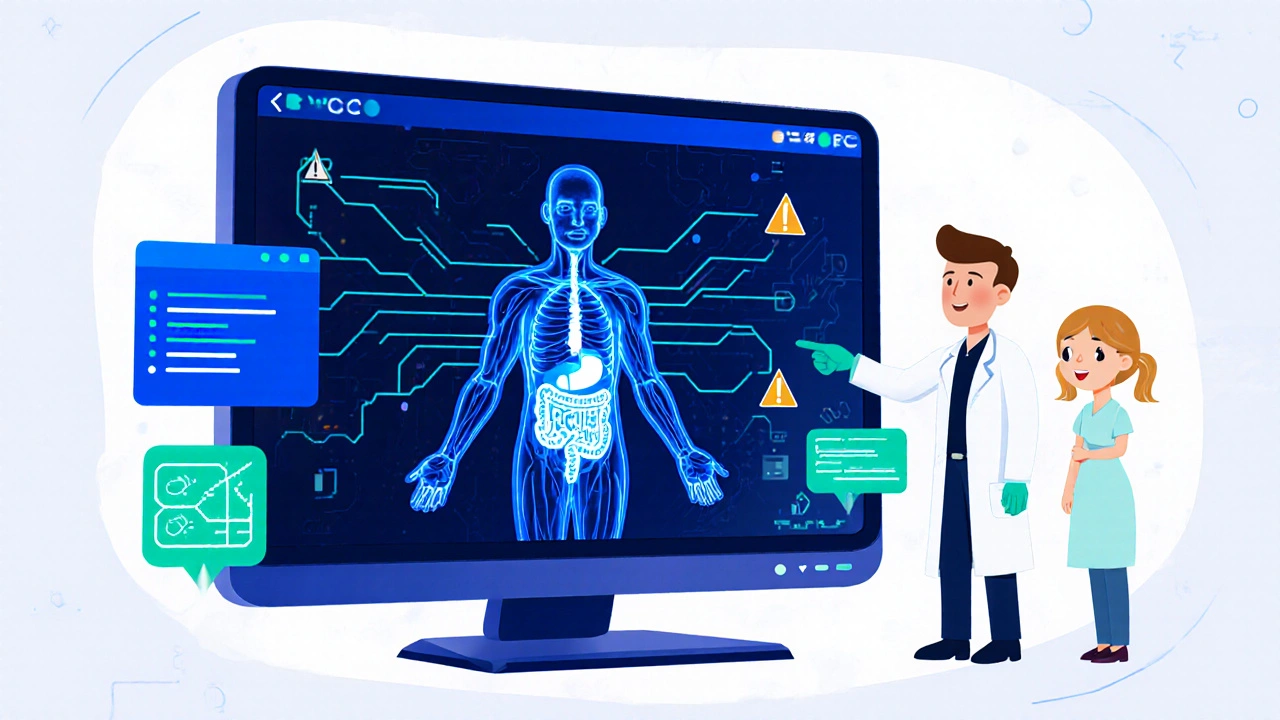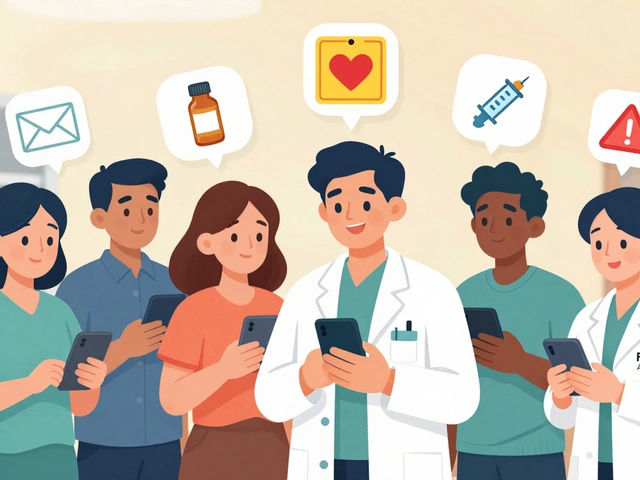Bridging Studies for NTI Generics: Ensuring Safety and Efficacy

When a drug has a narrow therapeutic index (NTI), even tiny differences in how it’s absorbed or processed by the body can mean the difference between effective treatment and dangerous toxicity. Drugs like warfarin, phenytoin, digoxin, and levothyroxine fall into this category. They’re lifesavers - but only if dosed just right. That’s why generic versions of NTI drugs don’t get approved the same way as regular generics. They need something called a bridging study - and it’s far more complex than most people realize.
Why NTI Generics Can’t Follow the Same Rules
For most generic drugs, regulators accept a simple bioequivalence test: compare the brand-name version to the generic in healthy volunteers. If the generic delivers between 80% and 125% of the active ingredient’s concentration in the blood - measured by AUC and Cmax - it’s considered equivalent. That’s the standard. But for NTI drugs, that range is too wide. A 20% difference in blood levels could push a patient from safe to toxic, or from controlled to uncontrolled seizures or clotting. That’s why the FDA tightened the rules. For NTI generics, the acceptable range for bioequivalence is 90.00% to 111.11%. That’s less than half the tolerance of standard generics. It’s not a suggestion - it’s a requirement. And it’s not just about the numbers. The study design has to change too.The Study Design That Makes NTI Generics Harder to Make
Standard bioequivalence studies usually use a two-way crossover: half the volunteers get the brand first, then the generic; the other half get the generic first, then the brand. Simple. Fast. Cheap. NTI generics? Not even close. They require a four-way, fully replicated crossover design. That means each participant takes four different formulations over time: the brand-name drug twice, and the generic twice - in random order. Why? Because NTI drugs often have high variability in how individuals absorb them. A single dose might not capture that. You need multiple measurements to understand the true pattern. This design increases the number of visits, the length of the study, and the risk of participants dropping out. One study can take 12 to 18 months to complete - double the time of a standard bioequivalence trial. And because you need more people to get statistically valid results, costs jump from $1.5-2.5 million for a regular generic to $2.5-3.5 million for an NTI version.Who’s Really Making These Drugs?
Only about 6% of all generic drug approvals between 2018 and 2022 were for NTI products - even though NTI drugs make up around 14% of all small-molecule medications. Why the gap? Because the hurdles are real. A 2022 survey of generic manufacturers found that 78% considered NTI drug development “significantly more challenging.” The biggest reason? The bridging study requirements. Companies need specialized statisticians who understand reference-scaled average bioequivalence (RSABE) - a complex method that adjusts the acceptance range based on how variable the drug is in real people. Fewer than 35% of generic manufacturers have this expertise in-house. Even when companies try, the FDA rejects nearly 40% of NTI generic applications because of flawed study designs. That’s three times higher than the rejection rate for non-NTI generics. One common mistake? Using the wrong study design - like a standard two-way crossover - thinking it’s “good enough.” It’s not. The FDA sees it immediately.
Regulatory Differences Around the World
The U.S. FDA has been the most aggressive in setting strict NTI rules, but they’re not alone. The European Medicines Agency (EMA) and other global regulators agree: NTI drugs need special handling. In 2022, EMA’s CHMP committee issued a formal statement saying NTI drug bioequivalence criteria “cannot be waived based on product similarity alone.” There’s no global standard yet, but efforts are underway. The International Council for Harmonisation (ICH) is working on an updated E18 guideline to better account for ethnic differences in NTI drug response - with a target implementation in 2025. That could help manufacturers avoid redundant studies across regions, but it won’t lower the bar on safety. Some industry groups, like the International Generic and Biosimilar Medicines Association (IGBA), have suggested waiving bridging studies for certain NTI drugs under specific conditions. But regulators push back. Dr. Philip K. Robinson of the FDA’s Office of Generic Drugs put it plainly in 2020: “For NTI drugs, even minor differences in pharmacokinetics can have clinically significant consequences.”The Real Cost - Beyond Money
The financial cost of developing an NTI generic is high. But the human cost of getting it wrong is higher. Warfarin, for example, is a blood thinner. Too little, and a patient risks a stroke. Too much, and they bleed internally. A generic version that’s just 10% less bioavailable might push a patient into a dangerous zone - especially if they’ve been stable on the brand for years. That’s why many doctors still prescribe brand-name warfarin, even when a generic is available. Market data shows that while 85% of non-NTI drugs are taken as generics, only 42% of NTI drugs are. That’s a $32.8 billion opportunity - but also a huge trust problem. Patients and prescribers don’t want to gamble with their health.
What’s Changing? New Tools on the Horizon
There’s hope on the horizon. The FDA is testing new approaches. One promising area is physiologically-based pharmacokinetic (PBPK) modeling - computer simulations that predict how a drug behaves in the body based on its chemical properties, formulation, and physiology. In a 2022 pilot study, PBPK modeling successfully predicted bioequivalence for a warfarin generic without running a full clinical trial. That’s not a replacement yet. The FDA says, “For the foreseeable future, robust clinical data will remain essential.” But if these models can be validated across multiple NTI drugs, they could cut development time by years - and make generics more affordable without sacrificing safety. The FDA’s Complex Generic Drug Products Pilot Program has already reduced review times by 25% for NTI applications that follow the right protocols. And pre-ANDA meetings - where manufacturers consult with regulators before starting studies - are now used by 82% of NTI applicants. Those meetings cut down costly missteps.What This Means for Patients and Prescribers
If you’re on levothyroxine or phenytoin, you might wonder: Is my generic safe? The answer is yes - if it went through the proper bridging study. But not all NTI generics are created equal. Only those that met the 90-111% bioequivalence range and the four-way crossover design should be trusted. Patients should never switch between NTI generics without consulting their doctor. Even two generics that are both FDA-approved might have subtle differences in how they’re absorbed. That’s why many endocrinologists and neurologists stick with one brand - or one generic - and avoid switching. The goal isn’t to block generics. It’s to make sure they’re truly equivalent. Because for NTI drugs, equivalence isn’t just a number on a report. It’s a life.What’s Next for NTI Generics?
The future of NTI generics hinges on three things: better science, smarter regulation, and more transparency. Regulators need to keep refining their criteria as new data comes in. Manufacturers need to invest in expertise - or partner with those who have it. And patients need to know that the system is designed to protect them, even if it’s slower and more expensive. By 2027, we may see more NTI generics enter the market as modeling tools improve. But until then, the bridge between brand and generic remains narrow - and carefully guarded.10 Comments
Jennifer Walton
It's not about cost. It's about control. The system doesn't want generics to succeed-it wants you dependent on brands that profit from fear.
Ankit Right-hand for this but 2 qty HK 21
USA thinks it owns medicine now? We make better generics in India without all this red tape. Your FDA is just protecting Big Pharma’s gravy train.
Oyejobi Olufemi
Let me tell you something-this whole NTI thing is a distraction. The real problem? The FDA doesn't even test for metabolites. They look at AUC and Cmax like it's 1992. But what about the liver enzymes? What about gut microbiome variability? No one talks about that. They're flying blind with half-baked science and calling it 'safety.' You think this is medicine? It's theater. And you're paying for the tickets.
Teresa Smith
This is why we need more investment in clinical pharmacology training. The science is clear, but the infrastructure isn't keeping up. Manufacturers need to hire pharmacokineticists-not just outsource to contract labs that don't understand RSABE. This isn't just about money-it's about competence. And competence costs more than cutting corners ever will.
Latrisha M.
If your doctor switched your levothyroxine and you felt off, it wasn't the generic-it was the switch. Stick with one version. Consistency matters more than brand name.
Rachel Wusowicz
They say it's about safety... but why is the FDA so cozy with the same 3 companies that make 80% of NTI generics? And why do the studies always seem to 'pass' right before election season? Someone's got a spreadsheet with a hidden column labeled 'approval timeline'-and it's not based on science. It's based on who donated last quarter. You think this is medicine? It's a rigged casino with lab coats.
And don't get me started on PBPK modeling-sure, it's 'promising'... until the algorithm gets trained on data from only Caucasian males. What about women? Elderly? People with liver disease? They're not in the 'normal' group, so they're invisible. That's not innovation-that's exclusion dressed up as progress.
Meanwhile, patients are dying because they can't afford the brand... and the FDA says 'wait, we're still validating the model.' Wait for what? For the next IPO? For the next lobbyist meeting? The system isn't broken-it was built this way.
And yes, I've seen the rejection letters. They say 'inadequate variability characterization.' Translation: 'Your data doesn't match the profile we want to approve.'
It's not about equivalence. It's about control.
Daniel Stewart
The paradox is that the more we protect patients from variability, the more we lock them into dependency on a few manufacturers. We’ve created a monopoly under the guise of safety. The bridge isn’t narrow-it’s gated.
Diane Tomaszewski
I think the real issue is trust. People don't trust generics because they don't understand the science. And doctors don't trust them because they're not taught the details. We need better education-not stricter rules. Knowledge reduces fear.
ZAK SCHADER
USA makes the best drugs. Why are we letting foreigners make our life saving meds? FDA should ban all imports. Let's make these here. American jobs. American safety.
Danish dan iwan Adventure
RSABE is overcomplicated. You need Bayesian models, not frequentist. Your regulators are stuck in 2005. Also, Indian manufacturers have higher QC standards than US ones. Check the GMP violations.






Write a comment